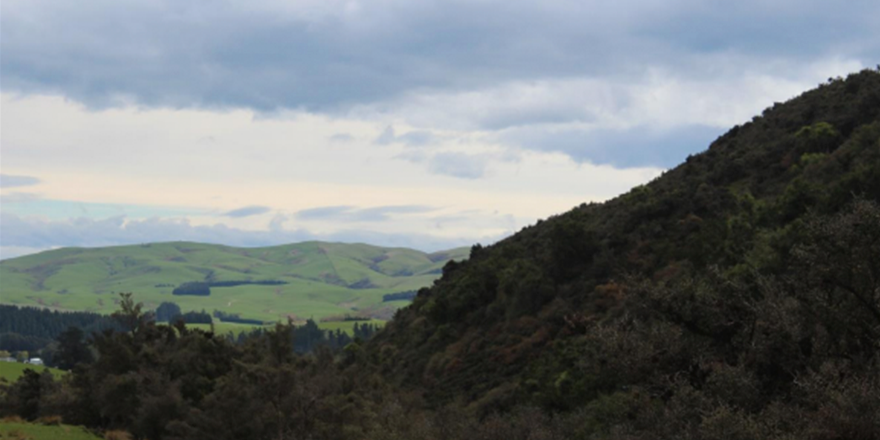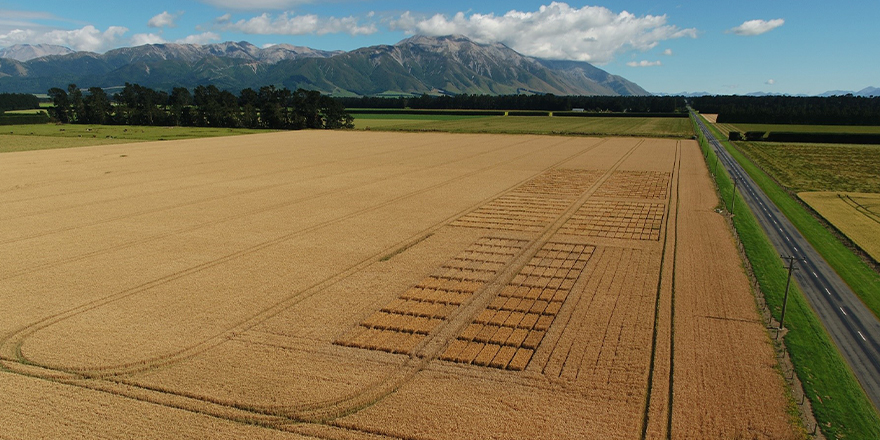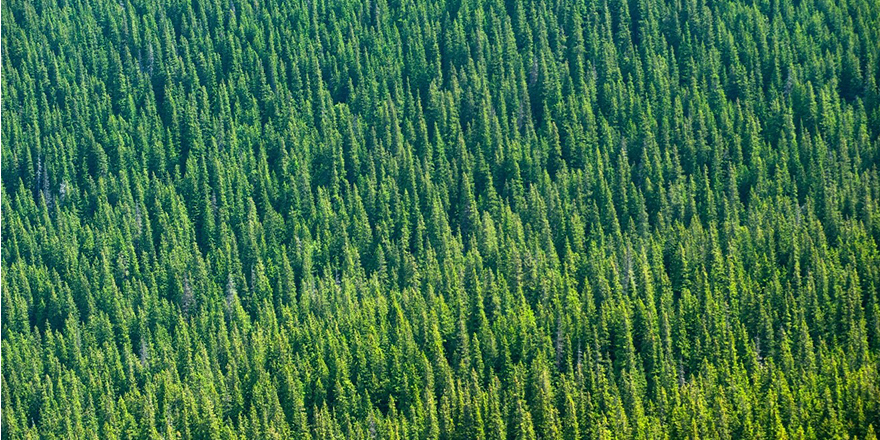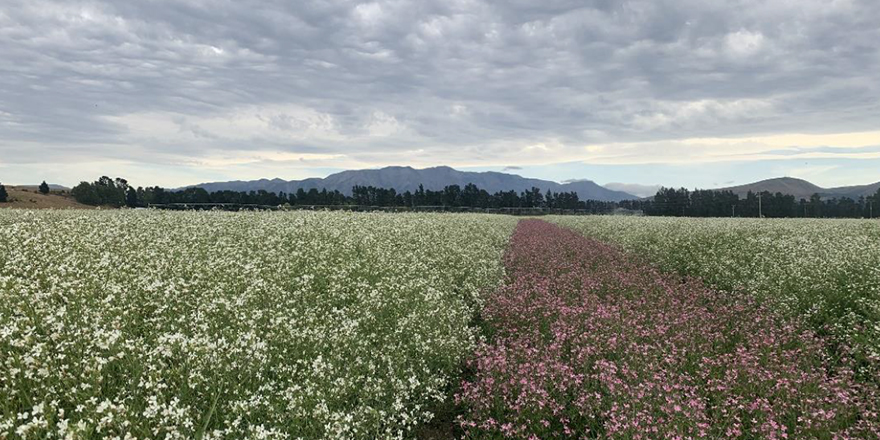
Executive Summary
Sheep and beef farms are home to a quarter of New Zealand’s total national native vegetation. This means that sheep and beef property owners make up the second largest native biodiversity land holders, second only to Public Conservation land. As such, a large part of New Zealand’s conservation effort is in their hands.
Many landowners have already taken steps to protect and enhance their slice of native bush. With appreciation for what has already been achieved it encourages more progress to be made by that person and those around them.
By nurturing this connection to the land and amplifying it through our communities we are more likely to gain long term biodiversity gains. Enhancing a culture of kaitiakitanga, guardianship or feelings of being stewards of the land.
This report endeavours to discover:
The quality of the biodiversity held within the bush blocks on New Zealand sheep and beef farms.
What challenges native vegetation faces in these blocks and how best to maintain and/or improve these areas.
Recommendations
1. Manage
Where landowners’ resources are limited a pest control management regime implementation would be a cost-effective use of capital that will produce the fastest benefits. Also changes to stock grazing practices have the potential to slow deterioration until fencing can be put in place.
The problem of funding the conservation efforts around the native bush on farms needs to be quickly addressed. This could be as simple as ensuring the carbon credits of these areas are financially recognised. With an inbuilt incentive to have them fenced off within the first 5years of this financial recognition. This would enable the conservation efforts of landowners to be more easily financed, thus ensuring ongoing pest control and maintenance of these areas.
2. Lead
We need to identify potential leaders who can pass on their knowledge, learnings and techniques to others. This would be best done with a framework in place that helps ensure these leaders are supported. This will help foster a collaborative approach to ensure biodiversity gains.
3. Research
I feel research into stocks role in conservation and how grazing could help enable native regeneration is needed to establish if there are any positive effects as the Allison H.V.A survey and Longlands case study suggests there may be. This would help to decisively answer the stock exclusion argument.
The need for all the ecological significance assessments to be presented in the same way in the H.V.A surveys is a great missed opportunity. I feel that being able to successfully compare and contrast this information over a long period of time would give clarity to how native vegetation is tracking in comparison to where it started from. This would give clearer indications to how our management practices are affecting native vegetation.
The High Value Area surveys are a great source of information. However, I feel they would benefit from having more information about the options for the H.V.A, such as QE11 covenants and a list of potential funding grants that are available to help landowners with the ongoing protection of these areas.
Download and read the full report here




